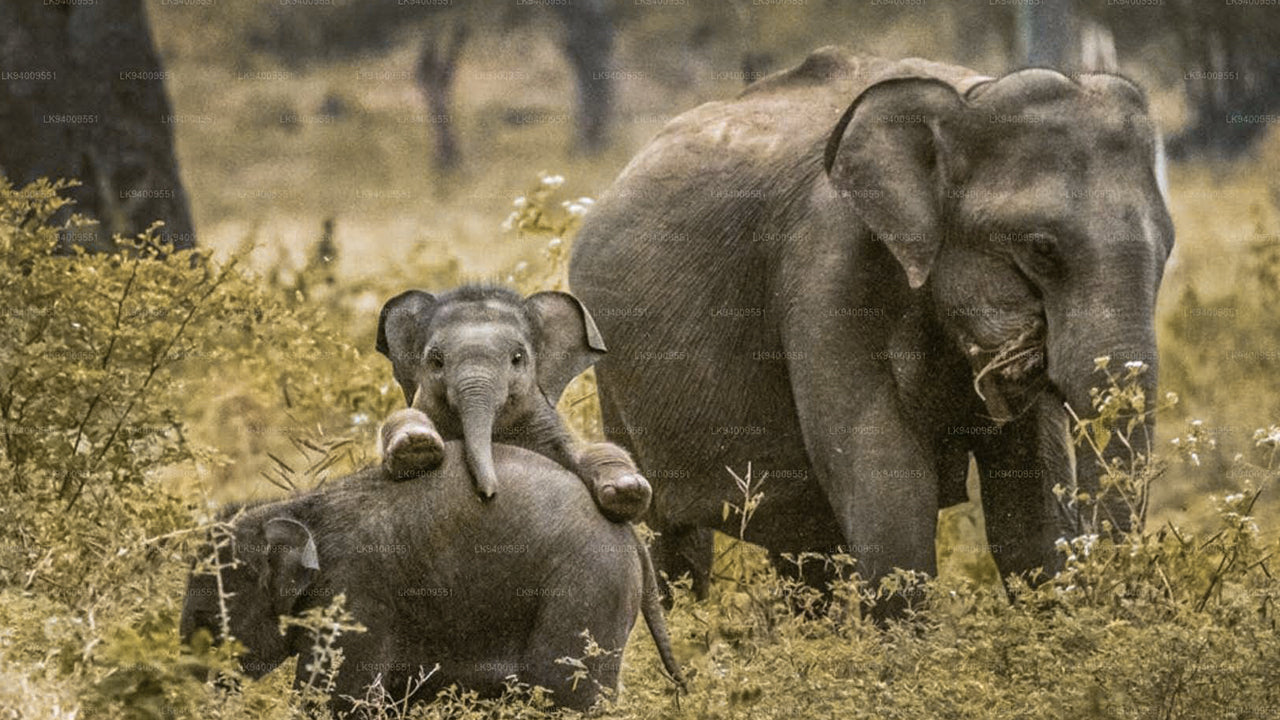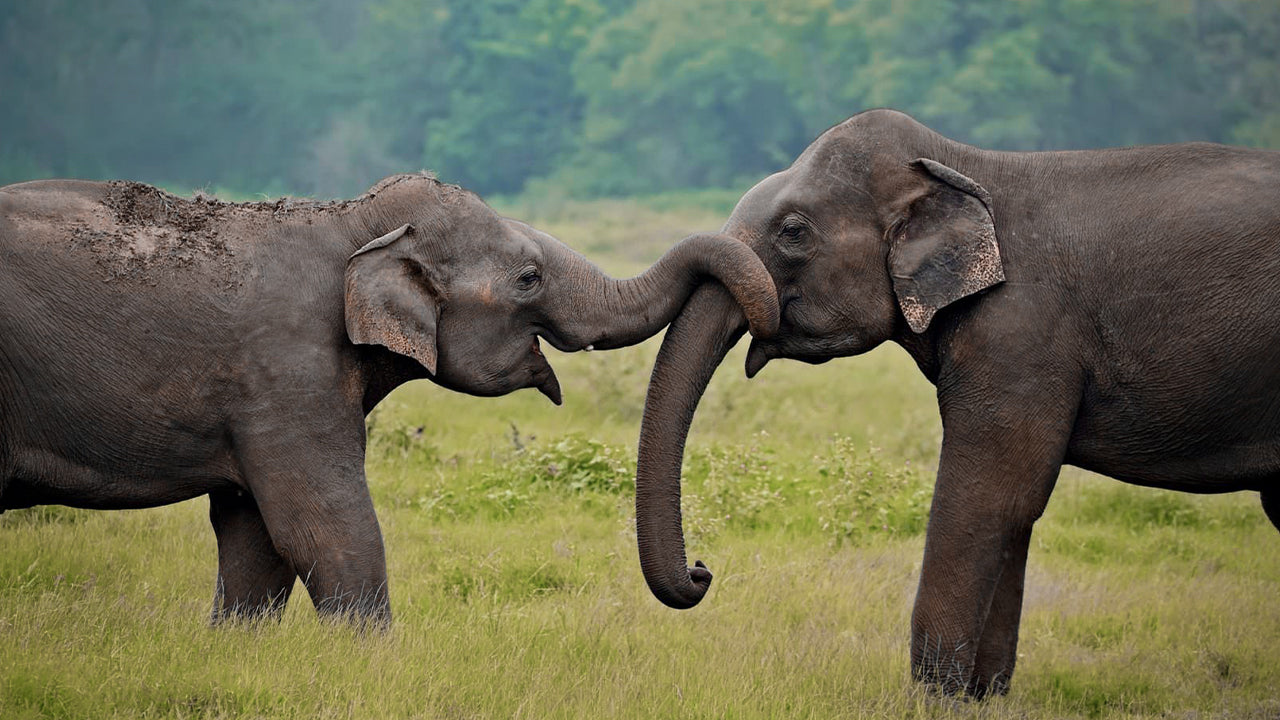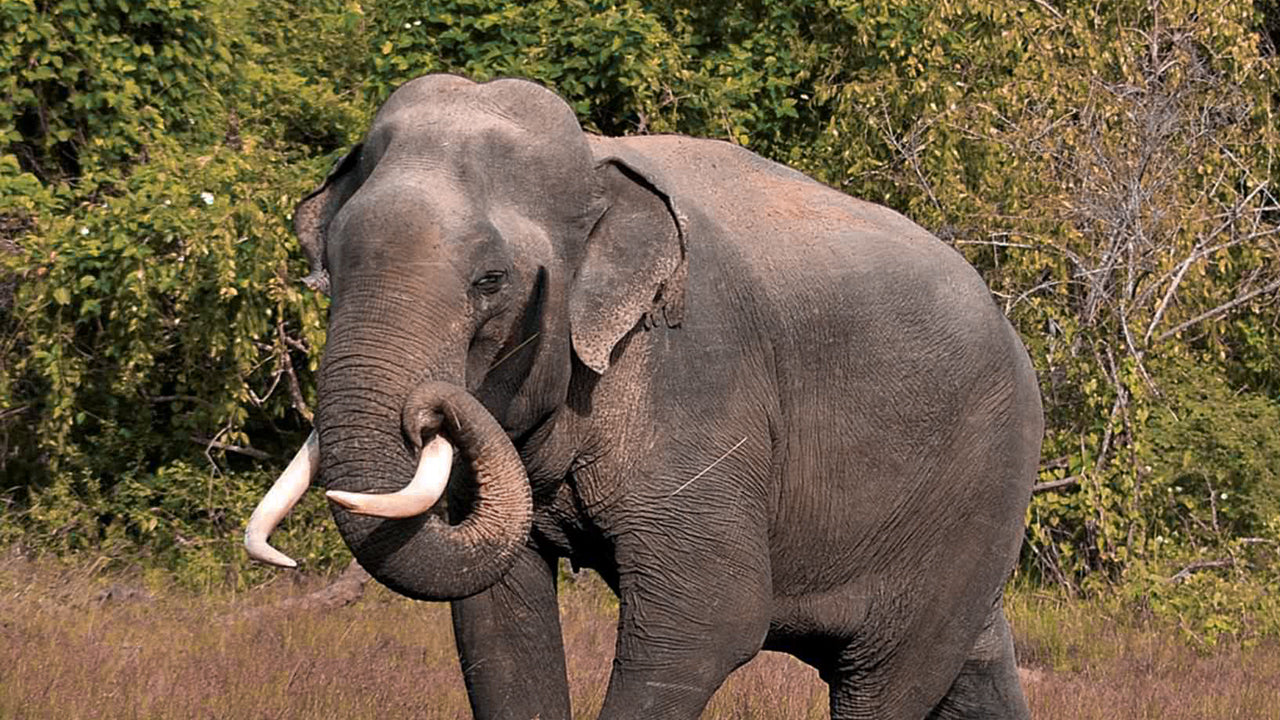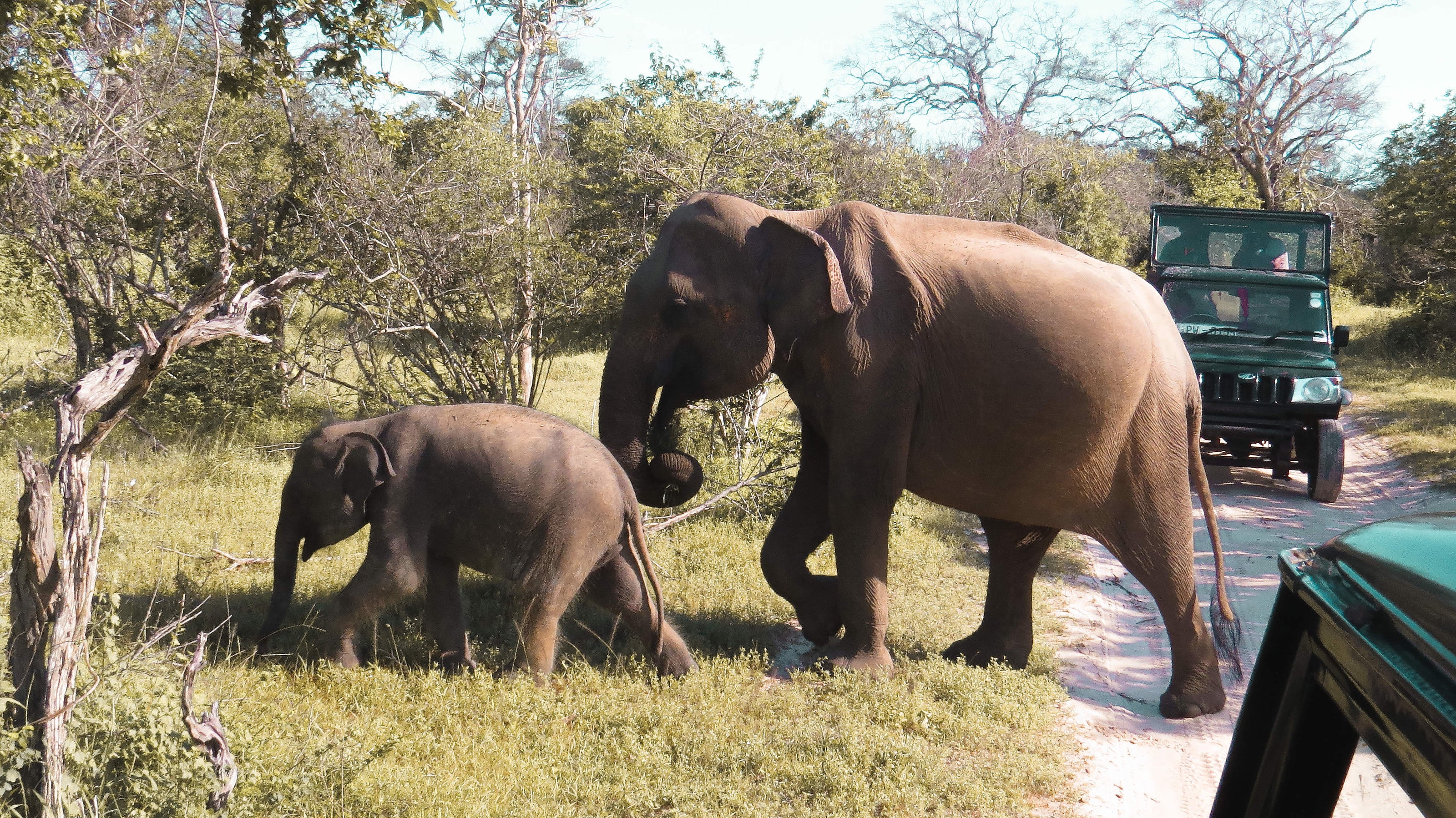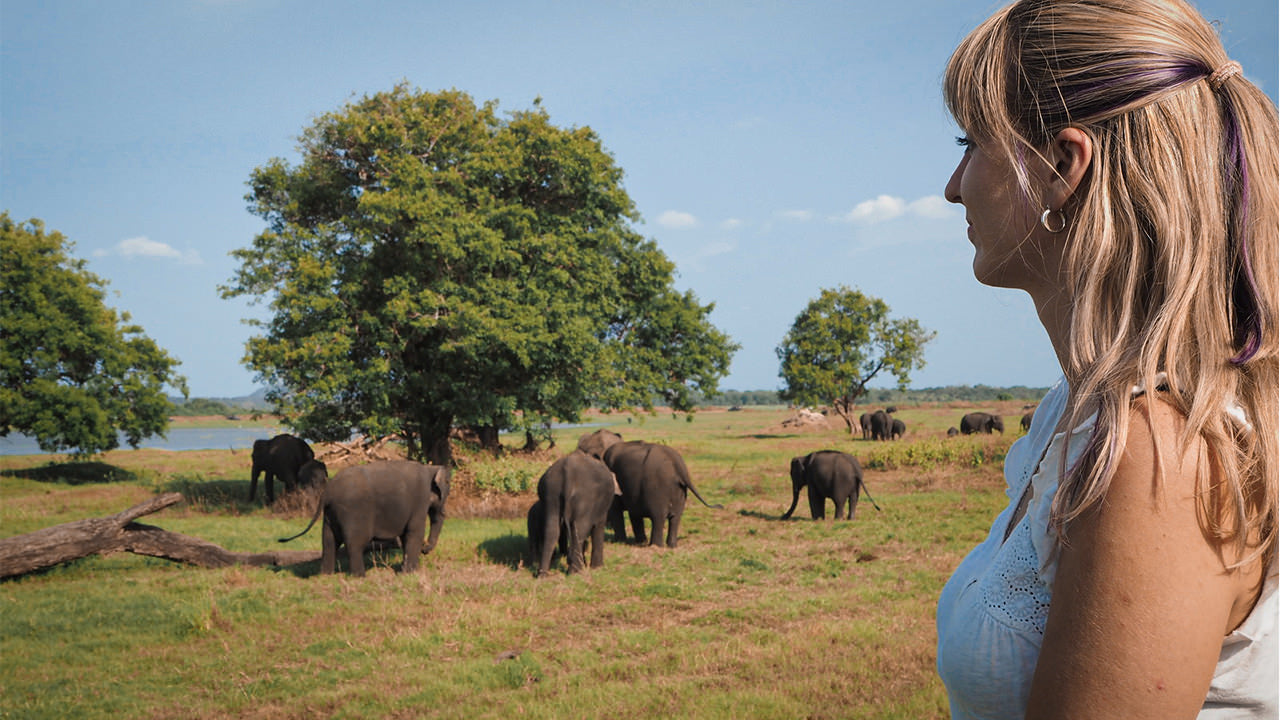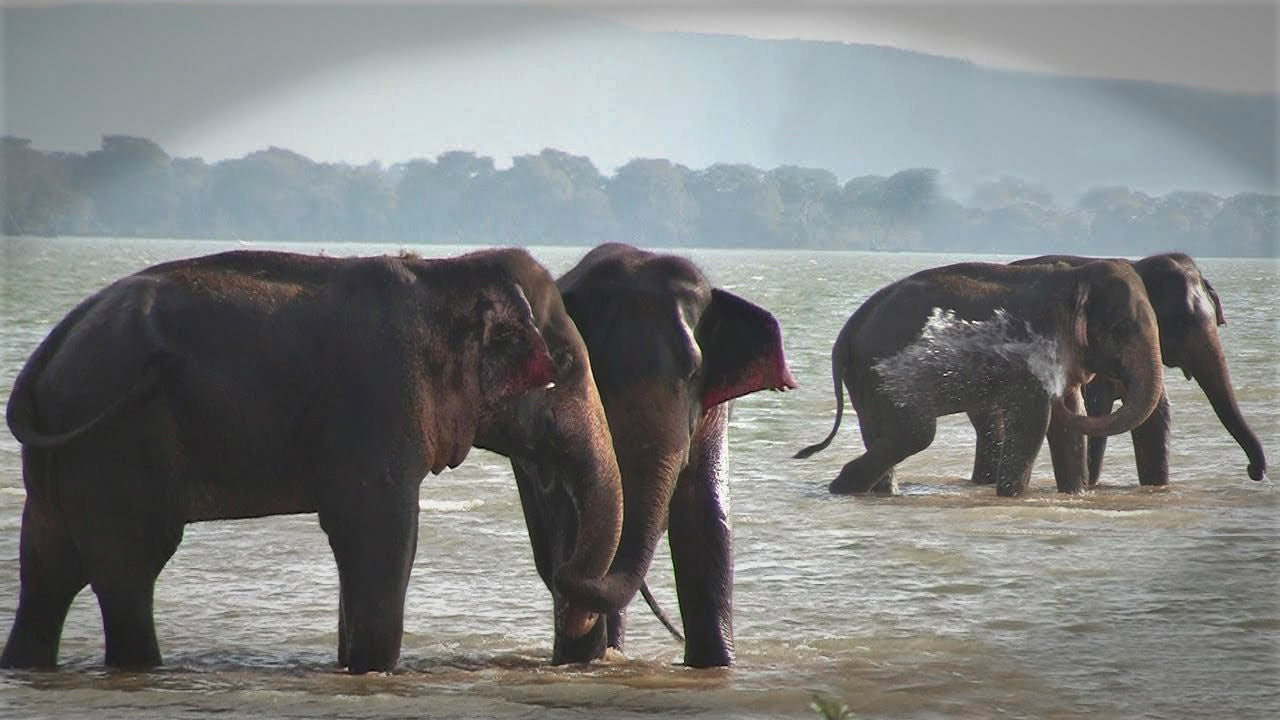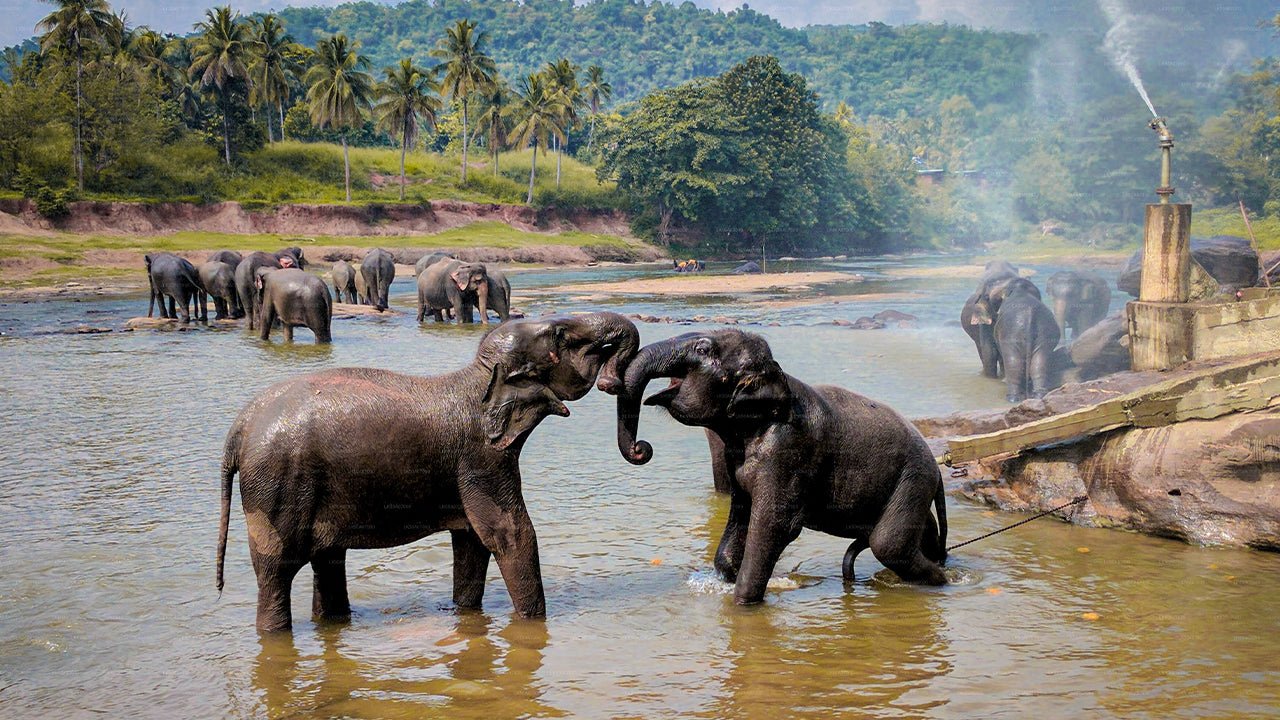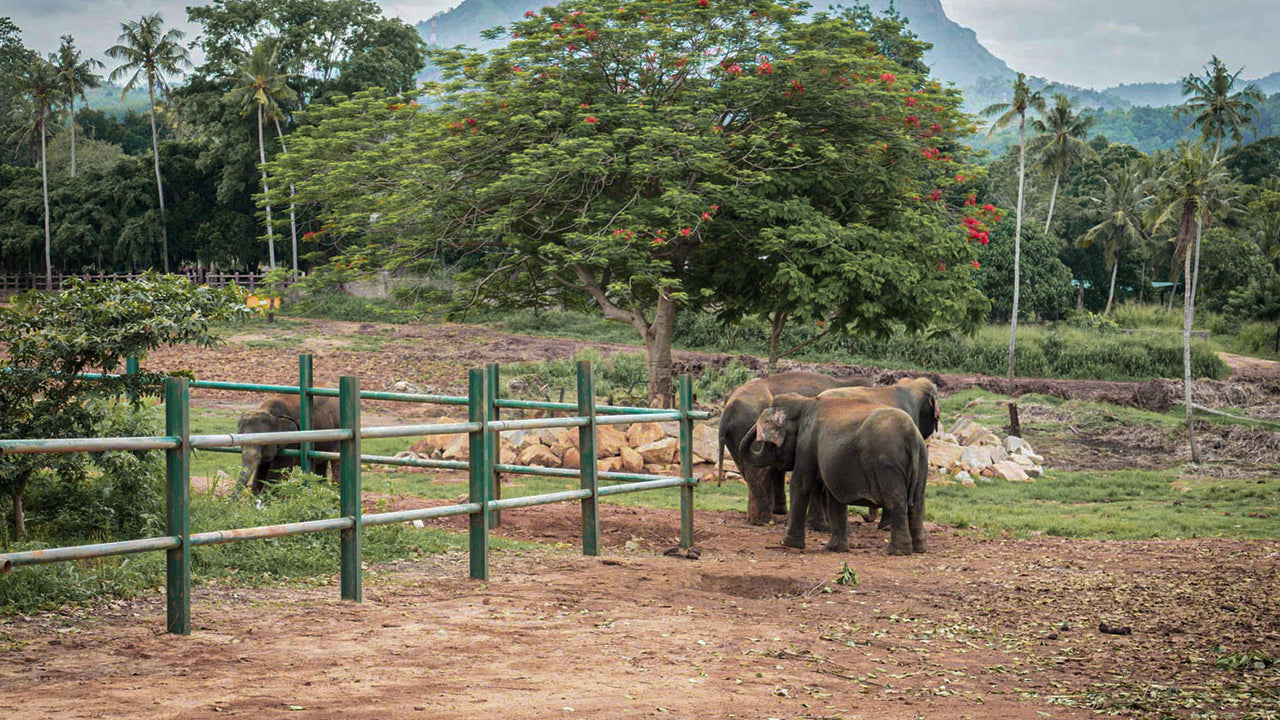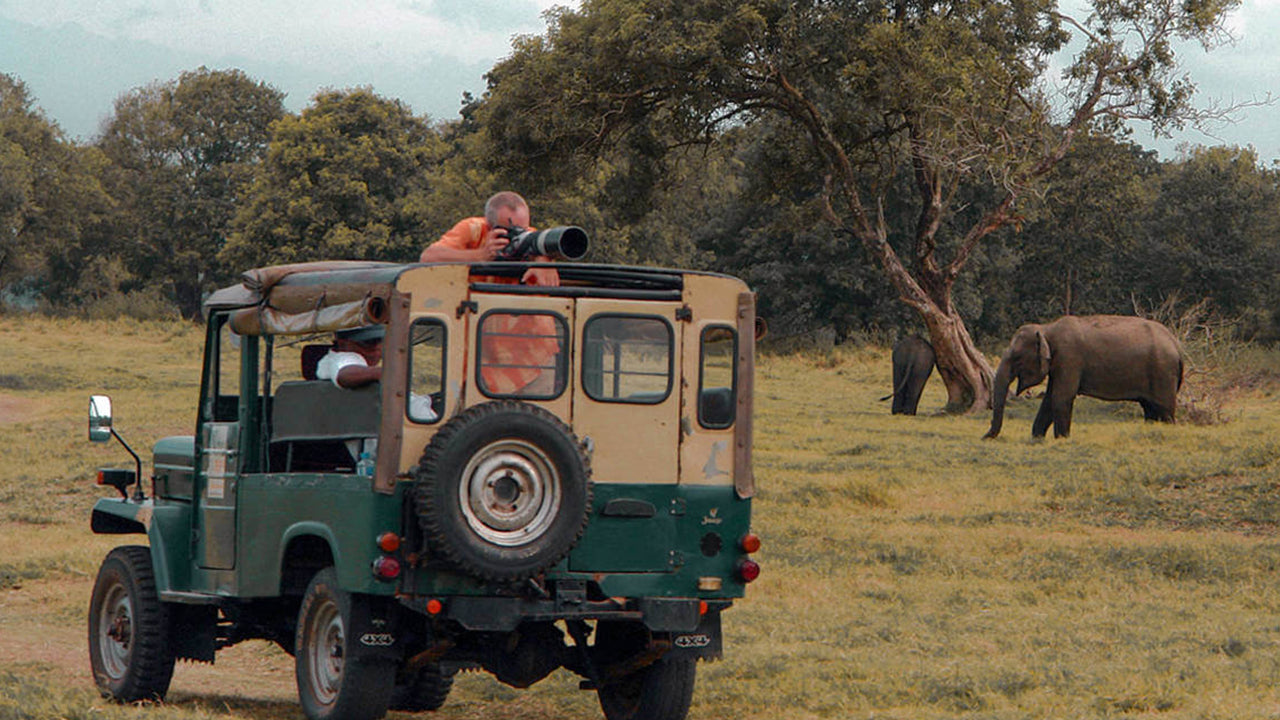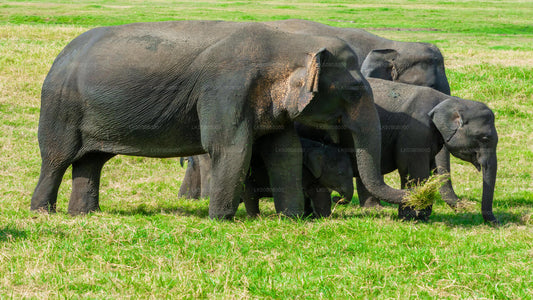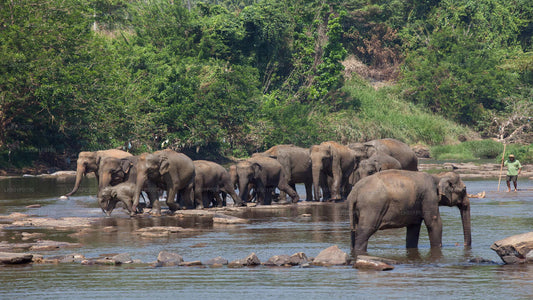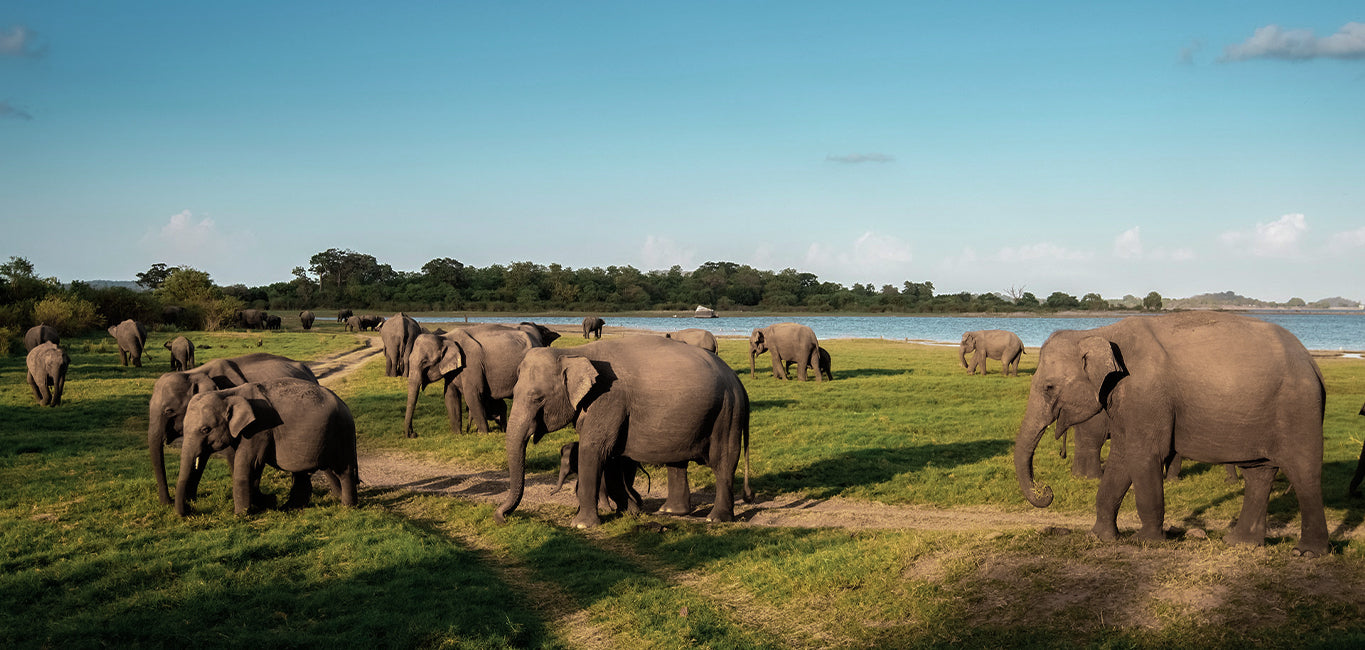
Elephants
Known as the pearl of the Indian Ocean, Sri Lanka is a wondrous island endowed with a plethora of resources such as an abundant biodiversity, rich culture, great history, varied landscapes and many more. However, when we talk about the wildlife of the island, it is the jumbos that come to mind at once. An iconic constituent of the country’s wildlife, elephants have over thousands of years been living in Sri Lanka where they have been revered for centuries. What’s more, it is Sri Lanka that cares for the world’s largest herd of orphaned elephants. So, if you have planned a trip to Sri Lanka, you will without a doubt take home fond memories of these gigantic yet gentle mammals.
Elephants
Known as the pearl of the Indian Ocean, Sri Lanka is a wondrous island endowed with a plethora of resources such as an abundant biodiversity, rich culture, great history, varied landscapes and many more. However, when we talk about the wildlife of the island, it is the jumbos that come to mind at once. An iconic constituent of the country’s wildlife, elephants have over thousands of years been living in Sri Lanka where they have been revered for centuries. What’s more, it is Sri Lanka that cares for the world’s largest herd of orphaned elephants. So, if you have planned a trip to Sri Lanka, you will without a doubt take home fond memories of these gigantic yet gentle mammals.
Globally there are mainly two extant species of elephants – the African elephant (Loxodonta) and the Asian elephant (Elephas maximus), but after recent extensive studies and DNA testing, the African elephant was further subdivided into two distinct species called African bush elephant (Loxodonta africana) and African forest elephant (Loxodonta cyclotis). The Asian elephant falls into three distinct subspecies: Elephas maximus maximus (living in Sri Lanka), Elephas maximus indicus (living in mainland Asia), and Elephas maximus sumatranus (living in the island of Sumatra). All these species of elephants are of the Elephantidae family and The Proboscidea order.
Asian ElephantHowever, the largest of the Asian elephant’ genus, Elephas maximus maximus (Linnaeus, 1758) is found only in Sri Lanka and it is a distinct subspecies of the Asian elephant while thought to be closely related to the Indian elephant. When compared with the African elephant, the Sri Lankan elephant is smaller in size but more attractive in appearance. It possesses smaller ears with dorsal borders folded laterally. The skin of this species is relatively smoother and darker with larger and more distinct patches of depigmentation on ears, face, trunk and belly. They have two humps on their forehead and the back is arched and convex while the trunk is more rigid with less rings ending in a single lip, a finger-like projection with which it can scoop tiny objects up. Lighter in weight, weighing between 2 and 5.5 tons, an adult male of the Sri Lankan species stands from 2.5m to 3.5m tall at the shoulder.
Inhabiting tropical forests of the island, mainly lowland dry deciduous woodlands, scrubs etc. and frequenting nearby grasslands and cropped lands, the Sri Lankan elephants, whose lifespan lies between 55 and 70 years, travel in cohesive herds that consist of about 8-12 individuals especially female adults and their offspring headed by the matriarch, but herd sizes can vary. Anyway, males who leave natal herds when they reach sexual maturity can be sighted wandering on their own or in temporary bachelor herds. Their cohesiveness is enforced by a complex communication system. A range of vocalizations, from low rumblings to high-pitched screams and trumpets, along with assorted visual signals is employed when they are close to each other. Some of their rumbling, growling, bellowing, and moaning sounds of varied low frequency may travel long distances. These herbivorous proboscideans, that wander miles a day mostly in search of food and water, feed on a wide variety of vegetation including grasses, leaves, climbers, shoots, barks, roots, fruits, nuts and seeds and a large number of plant species have been identified to be fed on by elephants in Sri Lanka. Besides, an adult elephant can consume up to about 300 pounds of vegetation on a day.
Anyway, a high degree of sexual dimorphism is seen between the two sexes. The bull elephant is larger than the cow. A bull elephant has large trunk bases, bulges below and in front of their eyes, and swelling above the eyes as well. The cow elephant on the other hand has narrower trunk bases and lacks the prominent bulge above eyes. Bull’s back is more rounded and cu
Explore Elephants
-
Elephant Back Safari from Habarana
Regular price From $35.00 USDRegular price$10.39 USDSale price From $35.00 USD -
The Great Elephant Gathering Private Safari from Minneriya
Regular price From $36.00 USDRegular price$34.48 USDSale price From $36.00 USD -
Pinnawala Elephant Orphanage from Negombo
Regular price From $95.00 USDRegular price$73.51 USDSale price From $95.00 USD -
Polonnaruwa Ancient Kingdom and Wild Elephant Safari from Sigiriya
Regular price From $148.00 USDRegular price$140.16 USDSale price From $148.00 USD

